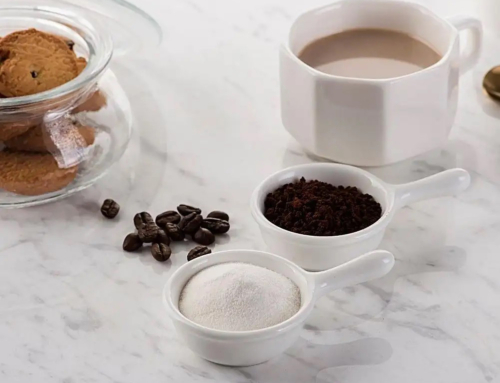Identification of True and False Astragalus Polysaccharides (Astragalus Extract)
1. Appearance detection method
1.1. Look: those with lower polysaccharide content (30-50%) are pale yellow powders, which are hygroscopic. Those with polysaccharide content above 70% are white powder or off-white powder. If the color is too dark, a large amount of other sugars and pigments may be added.
1.2. Touch: It is smooth and delicate at the beginning and sticks to the hands afterward.
1.3. Taste: the taste of polysaccharides is not sweet.
1.4. Dissolution: It dissolves slowly, which is determined by the nature of polysaccharides. Polysaccharides have a large molecular weight, and their solubility is much lower than monosaccharides. Whether there is precipitation depends on the content of polysaccharides and the ingredients that need to be retained. For example, if it is necessary to keep astragaloside, etc., insoluble glycosides will precipitate out.
2. Common forms of adulterated astragalus polysaccharides in the market:
2.1. Sucrose complex: It has a sweet taste of sucrose and dissolves too quickly.
2.2. Glucose complex: There are white particles, and the dissolution rate is too fast.
2.3. Maltodextrin compound: dark in color, brown, dissolving too fast.
2.4. Dextrin water-soluble starch compound: the dissolution rate is too fast, and insoluble components are precipitated.
3. Solubility detection method:
Weigh 5 grams of qualified and unqualified products and dissolve them in 250 milliliters of purified water.
The standard phenomena of astragalus polysaccharide dissolution: 1. Foam (caused by saponin components). 2. The dissolution rate is slow (determined by the characteristics of polysaccharides).
Unqualified products: less foam and less saponin. The dissolution rate is fast.


Leave A Comment